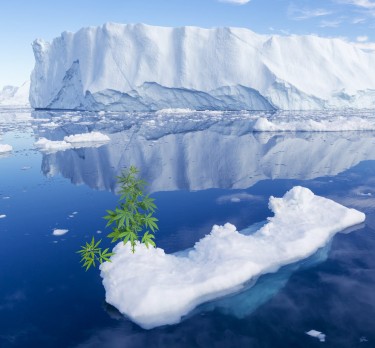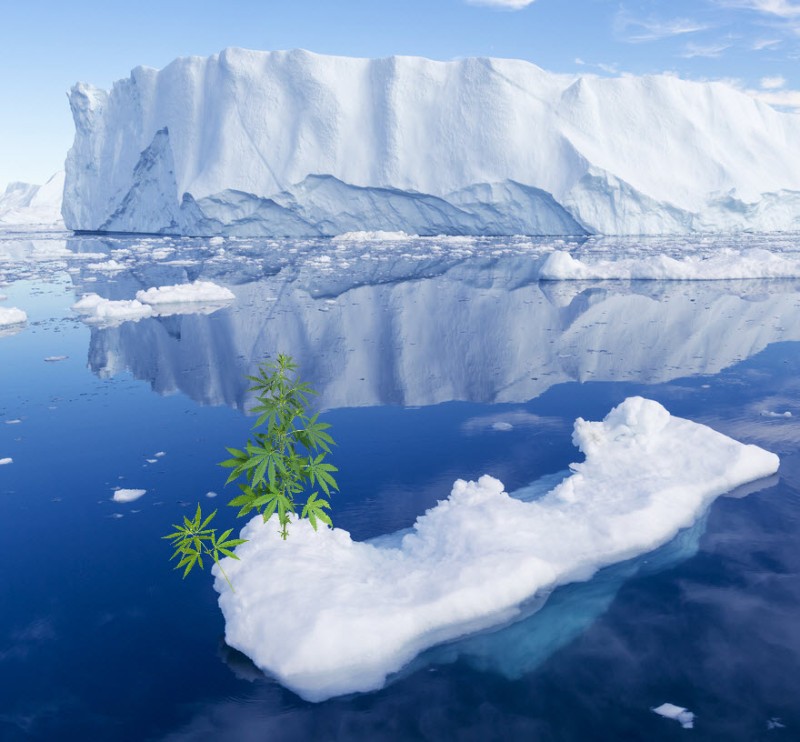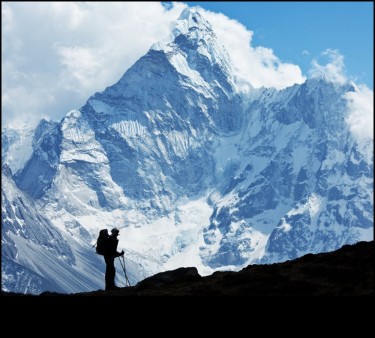
Climate change is the greatest risk to the survival of wild cannabis plants in the western region of the Himalayas. New research published in Scientific Journal Reports shows that the glaciers in the Himalayas are melting at rapid rates. For the villages in this region, climate change is all too real, and now it could limit the production of their precious native cannabis buds.
Climate Change in The Last Decade
Climate change is progressing at an alarmingly fast rate. You must have read this in several reports and publications, but we must highlight it one more time. Thousands of ecosystems have been destroyed or altered by the never-ending global warming. Yet, people and industries worldwide, especially those in regions not affected, are carrying on with their eroding activities. Researchers from the University of Leeds observed that the Himalayas had been grossly affected by climate change in the last decade and more. The glaciers, which serve as a water supply for millions of people within and around Asia, have melted. The ongoing changes to the glaciers are ten times worse than the ancient glacier expansion that occurred about 500 to 700 years ago. The researchers noted that the Himalayan glaciers are the most impacted by global warming, as they are melting much faster than the glaciers found in other regions of the world.
For report accuracy, the researchers estimated that the glaciers have shrunk in size by 41%. They arrived at this figure by comparing the sizes and ice areas of over 14,000 glaciers that existed during the ice age. They found that the glaciers that occupied 28,000 square kilometers currently take up less than 20,000 square kilometers. In addition to this, the glaciers have lost between 350 km3 and 600 km3 of ice. This is more or less the same volume of ice as in the Caucasus, Scandinavia, and the central European Alps combined (data obtained from Phys Org). As a result of the unprecedented melting rate of the Himalayan glaciers, the sea levels have risen beyond 1 mm.
According to the co-author and deputy head of the University of Leeds School of Geography, Dr. Jonathan Carrivick, the staggering melting rate of ice is most likely worsened by climate change induced by human activities. Crops in the Himalayan region will suffer the effects of these melting glaciers.
The Future of Cannabis Plants in the Himalayas
The Hindu Kush Mountain Range area is located in the western-most region of the Himalayas. Within the villages here are scattered wild cannabis crops that have grown within these settlements for decades. The cannabis plants here are mostly landrace strains. Which begs the question, how will the melting ice packs impact cannabis production?
As mentioned earlier, the Himalayan glaciers directly impact the water supply of Asian countries. The fast rate of melting glaciers would reduce the area's rainy season. This is compounded by the fact that the Hindu Kush mountains already have limited rainy days. World Weather Online reported that the region had only 11 days of rain in March, and in August, there was no rain. The cannabis producers in the area are dependent on manual watering for their cannabis plots, or else the crops wither and die or yield little.
Melting glaciers equals a lack of water. Cannabis plants need water to yield high-quality buds. In fact, all crops need to have standard water requirements to remain healthy and stay strong. This means that as the glaciers continue to melt at a high rate, farmers will have limited quantities of water to work with. This could result in a significant reduction in the availability of wild cannabis plants in the coming years.
Cannabis Production in The Himalayas
Wild cannabis and hemp plants have a long-standing relationship with the villages in the Himalayas. As you ascend the mountains, more and more wild cannabis plants can be sighted, growing in patches along the slopes. Some villages are nestled in the leafy embrace of tall cannabis plants. Hemp is a prevalent crop within these rural communities.
Many of these villages depend on cannabis flowers, stalks, seeds, and leaves to feed, heal, clothe, and finance themselves. There are minimal occurrences of police busts in these areas, despite the drug being outlawed in the Indian Constitution. Instead of cutting ties with cannabis plants to be discovered, these villages relocate their settlements higher up the mountains.
The qualities of the wild plants are often superior to those of traditionally grown cannabis or hemp plants in modern areas. These plants have high THC levels, including hemp plants. The majority of the Himalayan cannabis plants could be genetically bred with other seeds to produce plants with lower or average THC levels. Breeders have tried cultivating the seeds of these plants in other regions, but the quality of these always falls short of the Himalayan-grown plants. These seeds are endemic and can only be grown in the area.
Recently, the Himalayan Hemp cooperative revealed that they are reviving the cultural farm practices that could boost the quality of the wild crops. The cooperative announced that it has partnered with local forest authorities to put things in place. There are also plans to legally cultivate the stalks of these endemic plants to produce premium cannabis flowers that could be exported to other regions for sale.
Last Words
The ongoing climate change is threatening the present hemp ecosystem in the Himalayas. Even the water supply of Asian countries is at risk.
The decline in the water supply around the Himalayas needs to be investigated and curtailed. Committees like the Himalayan Hemp Cooperative have to introduce better farming practices to ensure cannabis production in the region survives the adverse impact of climate change. The end goal is to provide the welfare of all wild Himalayan cannabis is maintained, as this translates into food, clothes, drugs, and a stable economy for the villagers.
The Indian legislature must also work to decriminalize or reform cannabis policies to encourage the cultivation of premium cannabis flowers in the high mountains.






